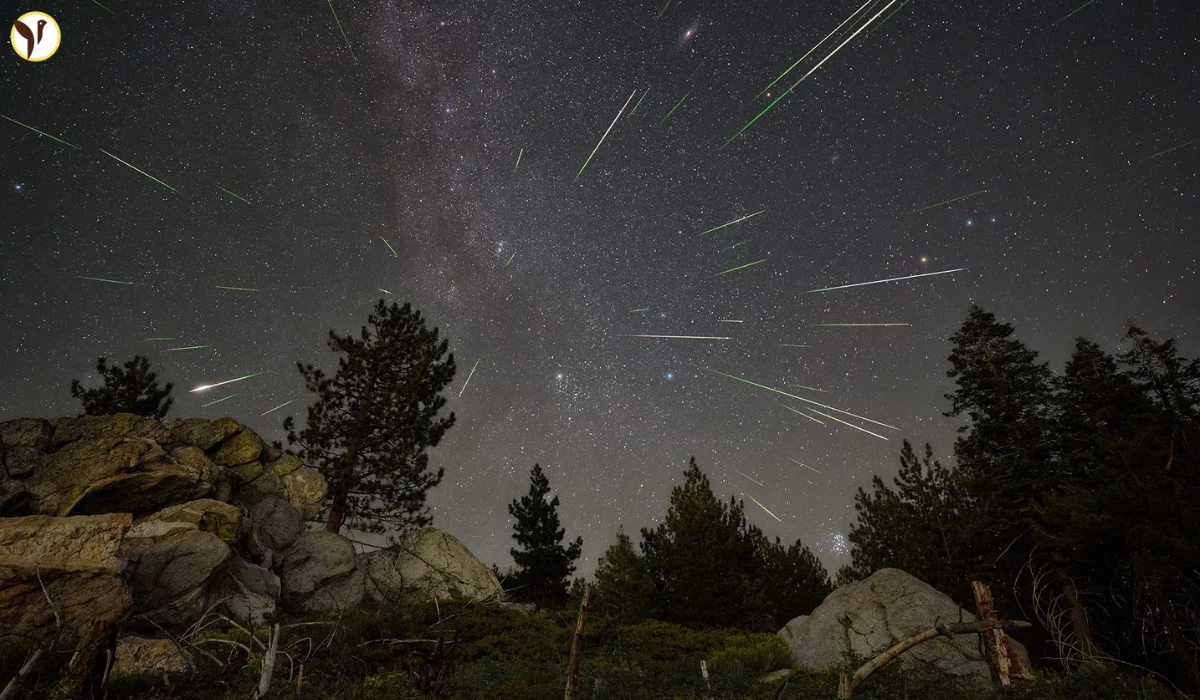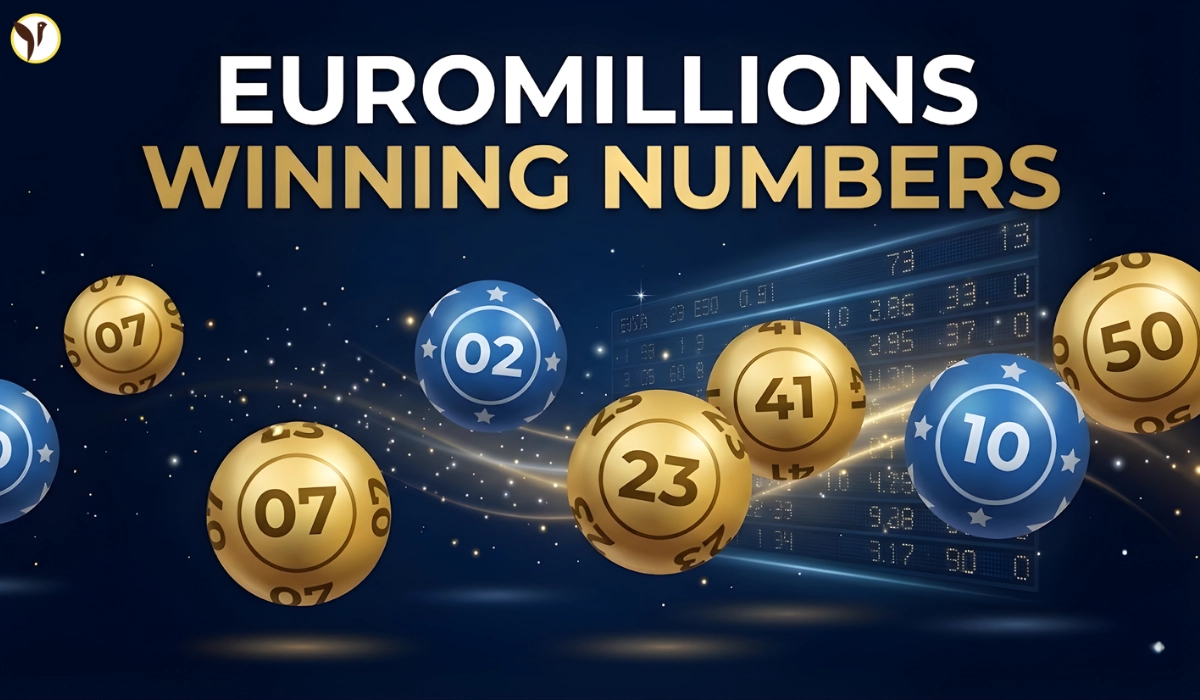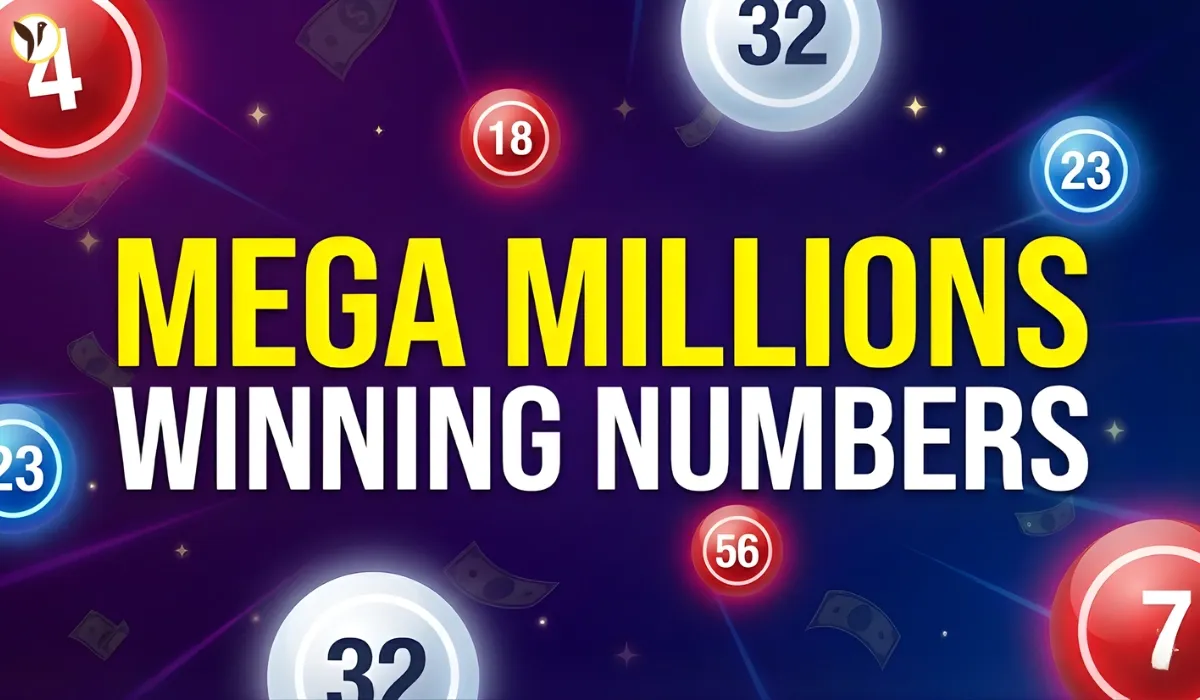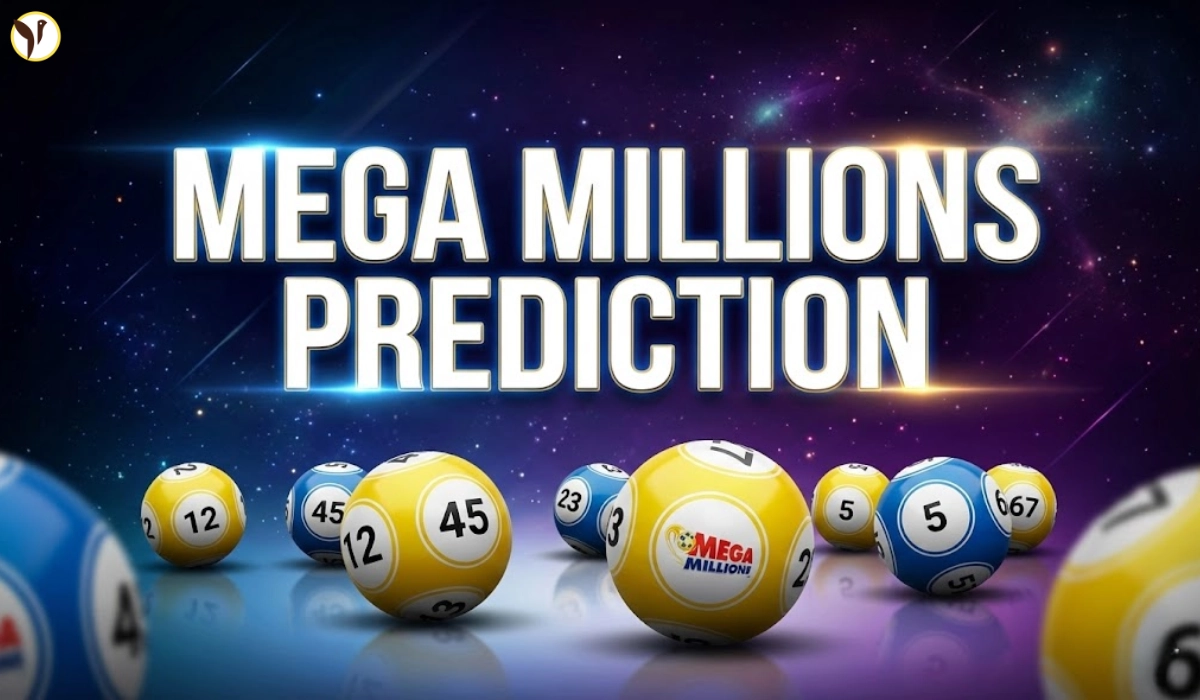The annual Perseids meteor shower will probably peak tonight, July 18, 2025. This famous meteor shower is one of the most prolific of the year, and it can produce as many as 100 meteors an hour in ideal conditions. Around the world stargazers are preparing to watch for bright streaks across the night sky.
However, this year's viewing will be impaired due to having a near-full moon. The Sturgeon Moon is approximately 84% illuminated and it will rise before midnight.
The moonlight will interfere with your coloring of fainter meteors. But many Perseids are bright and fast, so some viewers will be able to see the brighter meteors, including fireballs every few minutes.
Experts claim the best times to view are somewhere between midnight and 4 am. During that window, activity is at its peak levels and the sky can be at the darkest. If you can, try to view the meteor shower in the country and not in cities.
Although the moon may affect your view and perception, it is likely you will witness a few bright meteors that you may remember for a while for committing yourself as one of those brave souls who went outside to look up.
The Perseid meteor shower begins tonight. This year, an awkwardly-timed full moon means some careful planning is required to avoid a washout. Here's how and when to see it best. (Photo: Kevin Clifford, File via Associated Press)https://t.co/wzGvzaNhwE pic.twitter.com/j9ljbCLrhK
— Forbes (@Forbes) July 17, 2025
How to Watch and What to Expect Over the Next Few Weeks
Although the shower peaks tonight, the Perseids are open from July 17 to August 23, giving skywatchers lots of opportunities to catch the show, particularly when the moonlight is not as strong. The dark skies according to astronomers this year were around the New Moon on July 24, when conditions are best. The moonlight will fade again after August 16, so it is another opportunity to see the meteor shower, but not as many meteors.
Tips for watching the shower:
Go to a dark open place away from city lights.
Look towards the northeast sky where the constellation perseus is located.
Give your eyes at least 20 minutes to adjust.
Do your best to avoid phone screens or anything that can help you see, even more, such as bright lights, which may reduce night vision while you are watching.
While the full moon may cut down on the number of meteors that may be seen tonight, the Perseids are known for being bright, so it is still worth it to go outside and check them out. The fast meteors, along with the chance of a fireball, can make for a great night outdoors stargazing if you have clearing skies in your area.









